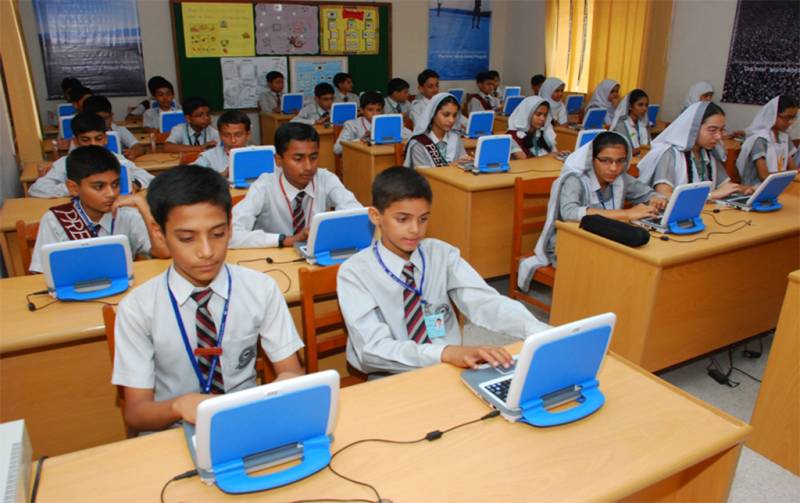Introduction
Education is the bedrock of any society, shaping the minds of future leaders, innovators, and citizens. Maintaining an effective education system is crucial for ensuring students receive the knowledge and skills they need to succeed. However, this task comes with numerous challenges, from adapting to technological advancements to addressing diverse student needs.
Understanding the Foundations of Education
Historical Perspective
The education system has evolved significantly over the centuries. From ancient times where learning was confined to elite groups, to the modern era where education is a universal right, understanding this evolution helps us appreciate the complexities of current educational structures.

Modern Educational Theories
Today’s education system is influenced by various theories such as constructivism, which emphasizes active learning, and behaviorism, which focuses on observable changes in behavior. These theories guide educators in developing effective teaching strategies.
Key Elements of a Strong Education System
Quality Curriculum
A well-designed curriculum is the backbone of an education system. It should be comprehensive, up-to-date, and aligned with current societal and industry needs, ensuring students are well-prepared for the future.
Skilled Educators
Teachers are the driving force behind any education system. Continuous professional development and support are essential for teachers to stay abreast of new teaching methods and educational technologies.
Adequate Infrastructure
Modern classrooms need more than just desks and chalkboards. They require access to digital tools, comfortable learning environments, and resources that foster both academic and personal growth.
Role of Technology in Education
Digital Classrooms
The advent of digital classrooms has transformed education, making it more accessible and interactive. Tools like smartboards, tablets, and online resources enhance the learning experience.
E-learning Platforms
E-learning platforms provide flexibility, allowing students to learn at their own pace and access a wide range of materials from anywhere. This has been particularly beneficial during the COVID-19 pandemic.
Technology Integration
Integrating technology into the curriculum helps students develop essential digital skills. Coding, data analysis, and online collaboration are becoming fundamental components of modern education.
Student-Centered Learning
Personalized Learning Plans
Every student learns differently. Personalized learning plans cater to individual needs, helping each student achieve their full potential by focusing on their strengths and addressing their weaknesses.
Active Learning Techniques
Active learning engages students more effectively than traditional lectures. Techniques such as group discussions, problem-solving sessions, and hands-on activities make learning more dynamic and enjoyable.
Encouraging Critical Thinking
Critical thinking is a crucial skill in today’s world. Educators should encourage students to question, analyze, and synthesize information rather than just memorize facts.
Teacher Training and Professional Development
Continuous Professional Development (CPD)
CPD ensures that teachers continually improve their skills and knowledge. Workshops, seminars, and advanced degrees help teachers stay current with educational trends and methodologies.
Teacher Support Systems
Support systems such as mentorship programs and peer collaboration can provide teachers with the necessary tools and encouragement to excel in their roles.
Innovative Teaching Methods
Innovation in teaching methods keeps education relevant. Techniques like flipped classrooms and gamification can make learning more engaging and effective.
Assessment and Evaluation
Formative and Summative Assessments
Assessments are vital for measuring student progress. Formative assessments provide ongoing feedback, while summative assessments evaluate overall learning at the end of a term or course.
Standardized Testing
Standardized tests help gauge educational standards across different regions. However, they should be used judiciously to avoid placing undue stress on students and teachers.
Alternative Assessment Methods
Alternative methods such as project-based learning and portfolios can provide a more comprehensive picture of a student’s abilities and achievements.
Parental and Community Involvement
Parent-Teacher Collaboration
Active collaboration between parents and teachers fosters a supportive learning environment. Regular communication helps address any issues promptly and reinforces learning at home.
Community Support Programs
Community programs can provide additional resources and support to schools, from after-school tutoring to cultural enrichment activities.
Engaging Stakeholders
Engaging all stakeholders, including businesses, non-profits, and local governments, ensures that the education system receives the necessary support and resources.
Addressing Diverse Student Needs
Special Education Services
Special education services are essential for students with disabilities. These services ensure that all students have access to a quality education tailored to their needs.
Inclusivity in Classrooms
Inclusive education promotes diversity and understanding. It involves integrating students with different backgrounds and abilities into regular classrooms and providing the necessary support.
Support for Gifted Students
Gifted students require challenges beyond the standard curriculum. Enrichment programs and advanced courses help them reach their full potential.
Mental Health and Well-being
Mental Health Programs in Schools
Schools should have robust mental health programs to support students’ emotional and psychological well-being. Counseling services and mental health education are vital components.
Stress Management for Students
Teaching stress management techniques can help students cope with academic pressures. Mindfulness, time management, and relaxation exercises are effective strategies.
Creating a Supportive Environment
A positive school environment promotes overall well-being. Encouraging open communication, fostering a sense of belonging, and addressing bullying are crucial steps.
Funding and Resource Allocation
Government Funding
Adequate government funding is essential for maintaining quality education. Funds should be allocated to improve infrastructure, hire skilled teachers, and provide necessary resources.
Private Sector Involvement
Private sector involvement can supplement government funding. Partnerships with businesses can provide additional resources and opportunities for students.
Resource Management
Efficient resource management ensures that funds are used effectively. Regular audits and transparent reporting can help maintain accountability.
Policy and Governance
Education Policies
Education policies set the framework for the functioning of the education system. They should be regularly reviewed and updated to address emerging challenges.
Role of Government Bodies
Government bodies play a crucial role in overseeing education standards, implementing policies, and providing support to schools.